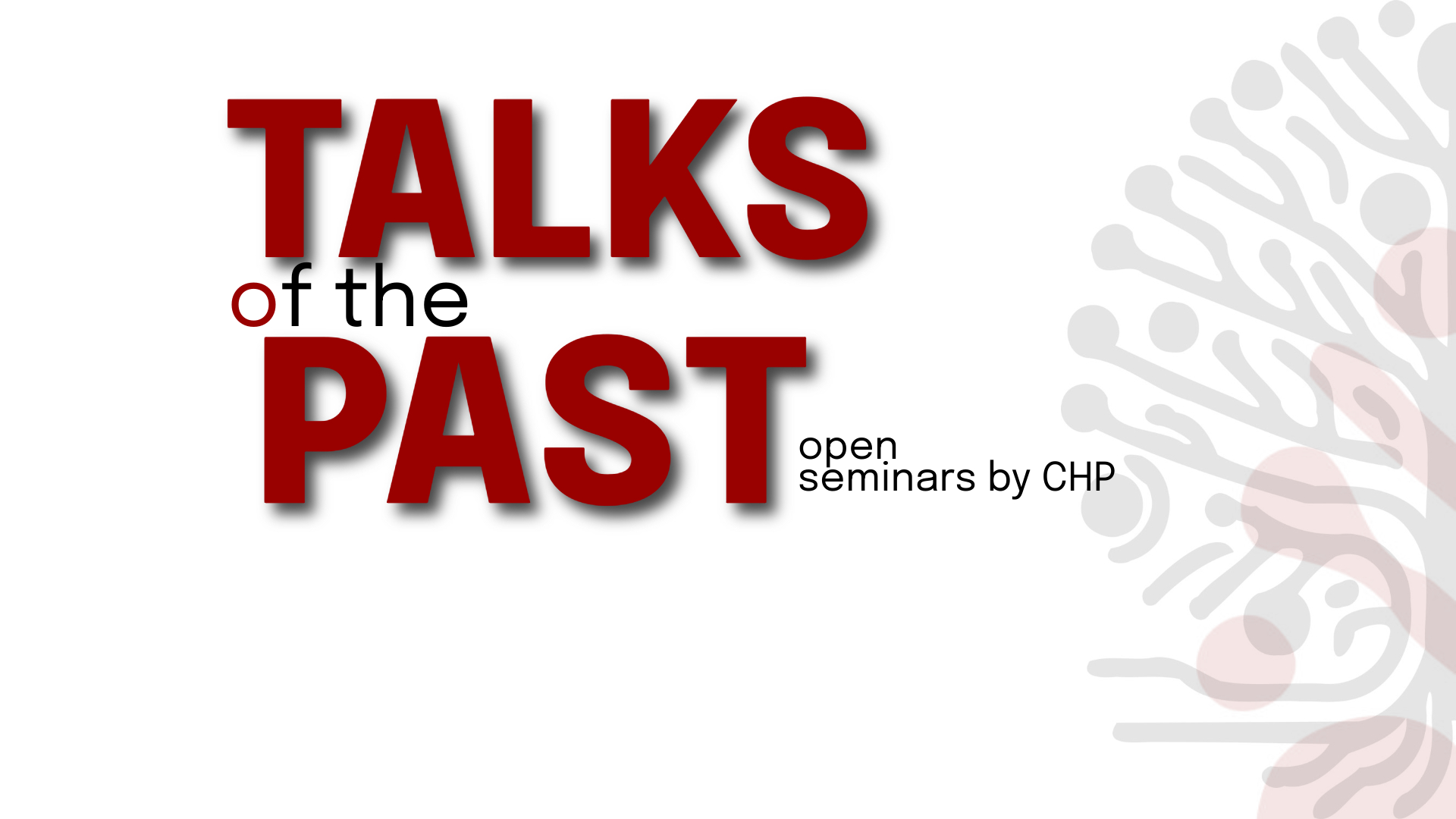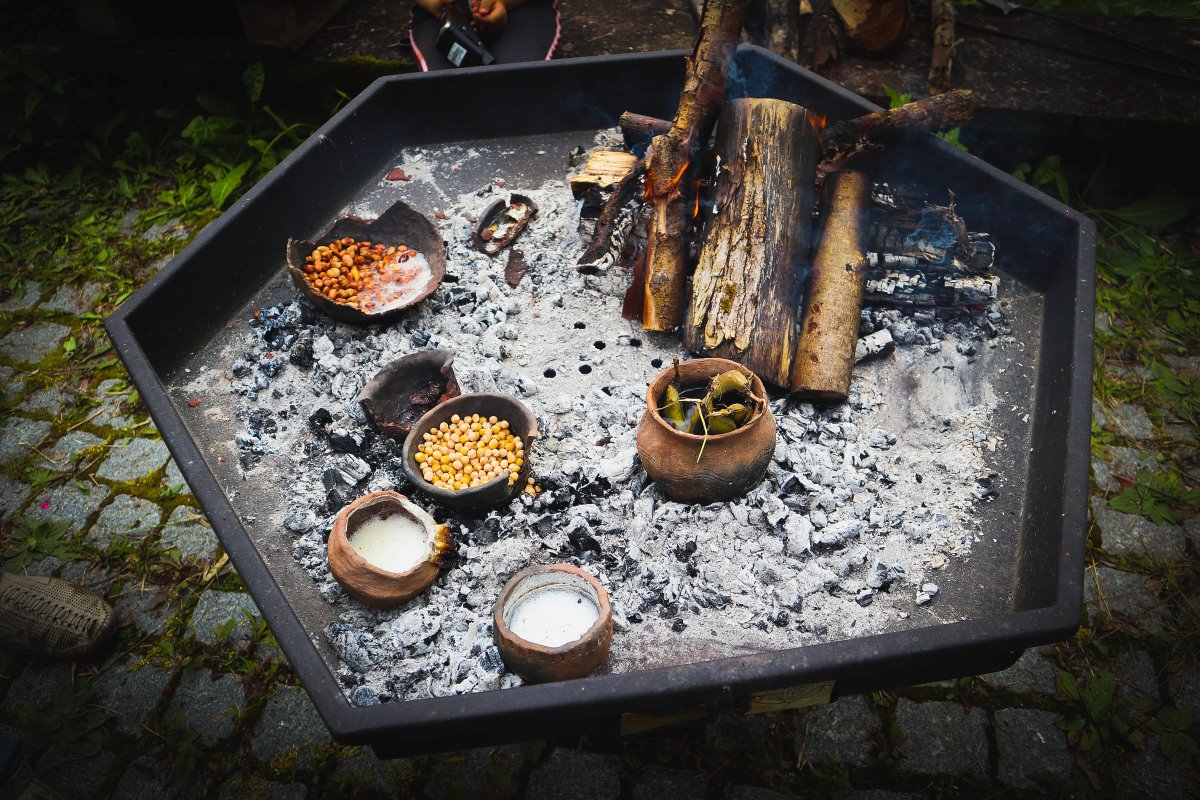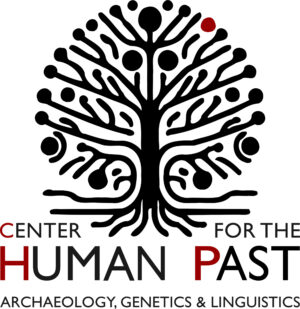
- This event has passed.
Talks of the Past (ToP) Open Seminar, 5th Feb, 2025: 6000 years of ancient foodways in NE Baltics: biomolecular methods and social implications, speaker Ester Oras

Abstract
Biomolecular archaeology has taken a leading role in ancient dietary reconstructions. The molecular- and isotopic-level information gained from ancient skeletal remains and pottery can reveal a more cohesive but also nuanced picture of past foodways, thanks to its higher-resolution analytical capacities in terms of both obtained information and context-specific interpretations.
This talk will exemplify the benefits and possibilities of multi-proxy and -analyte biomolecular approaches, particularly put into use for creating long-term overviews of major dietary changes. I will use case studies from Estonia and build on the results of recently finished research project creating a 6000-years of regional foodways in NE Baltics.
Whilst doing so I will explain the main principles and analytical approaches of biomolecular dietary analysis from different archaeological materials, but also reflect on the importance of thorough archaeological and socio-cultural contextualisation when it comes to interpreting biomolecular results.


Photographs: Ester Oras and Tõnno Jonuks.
